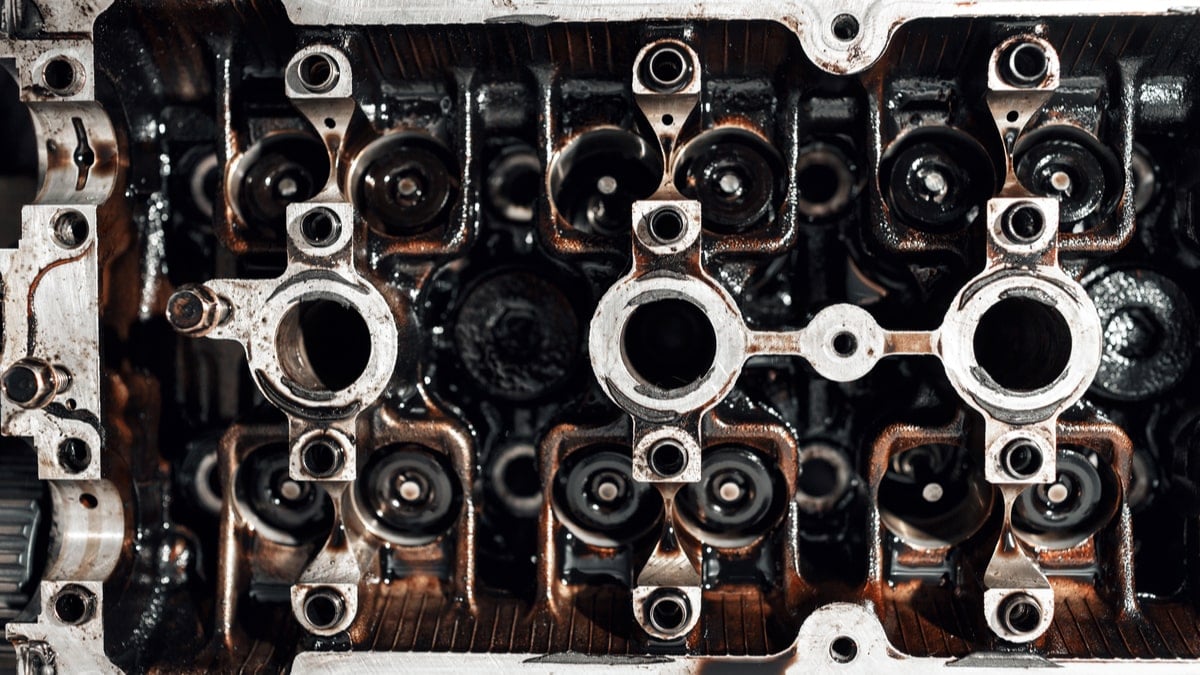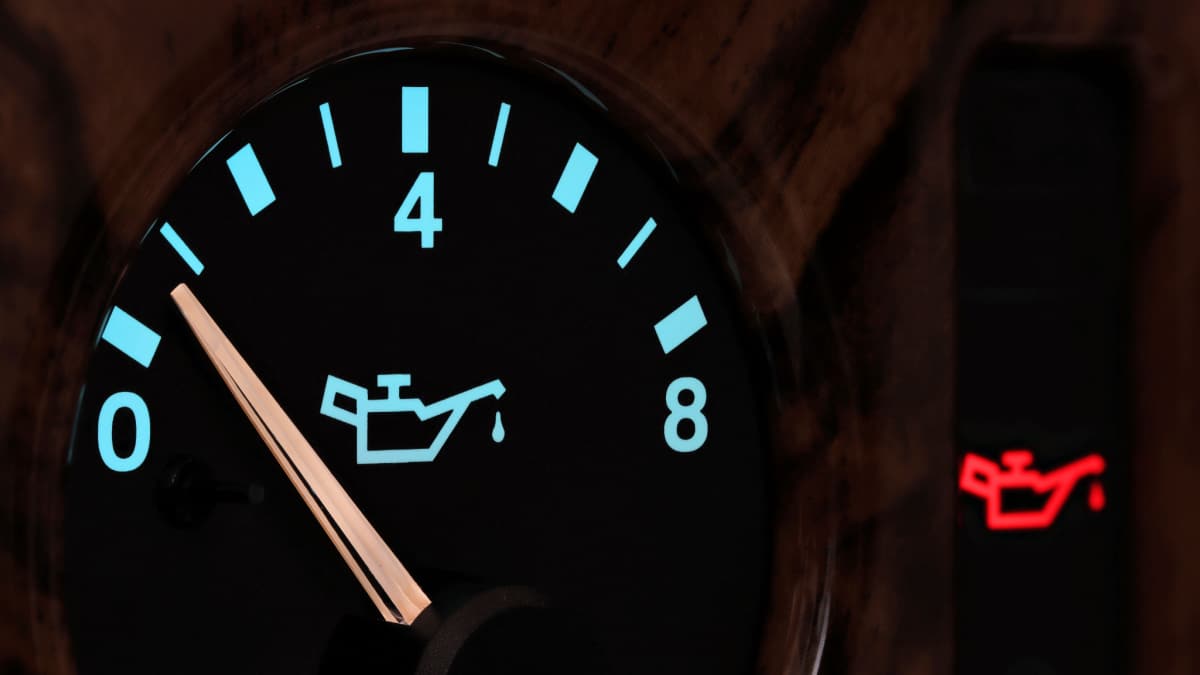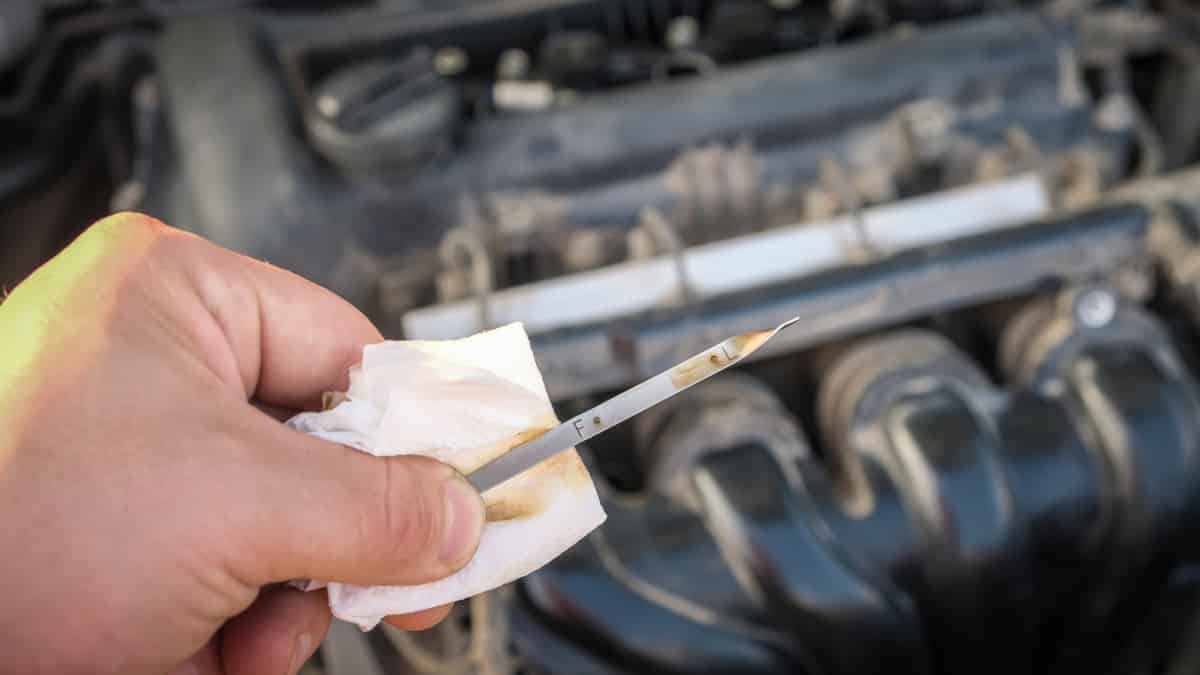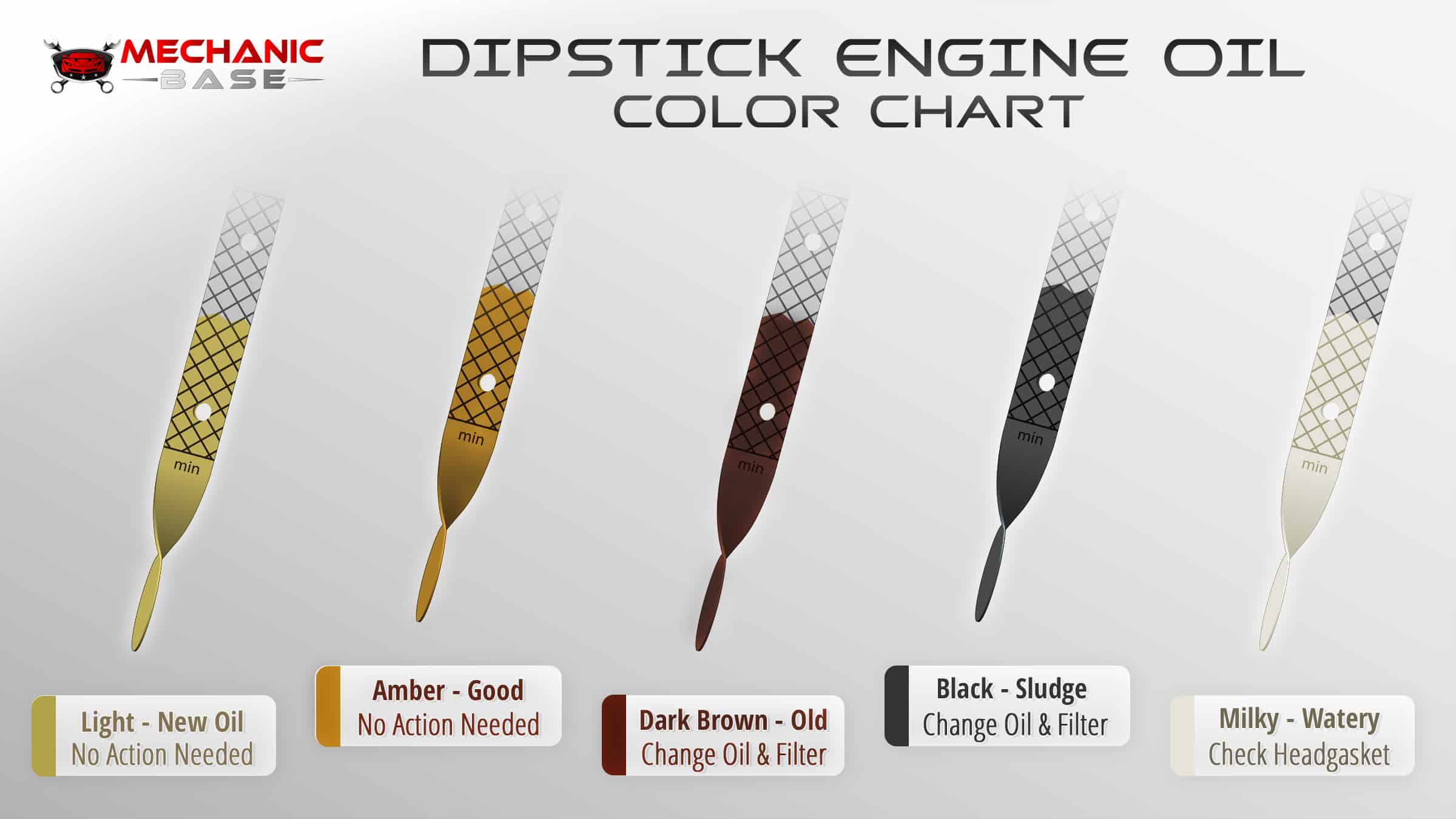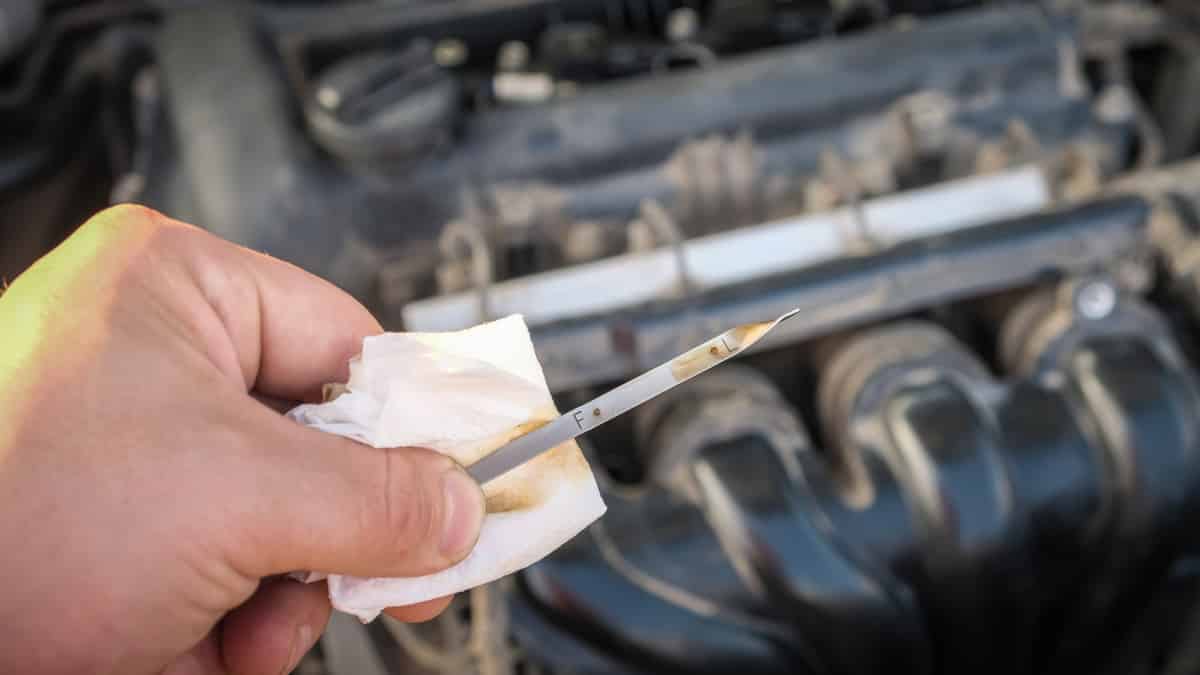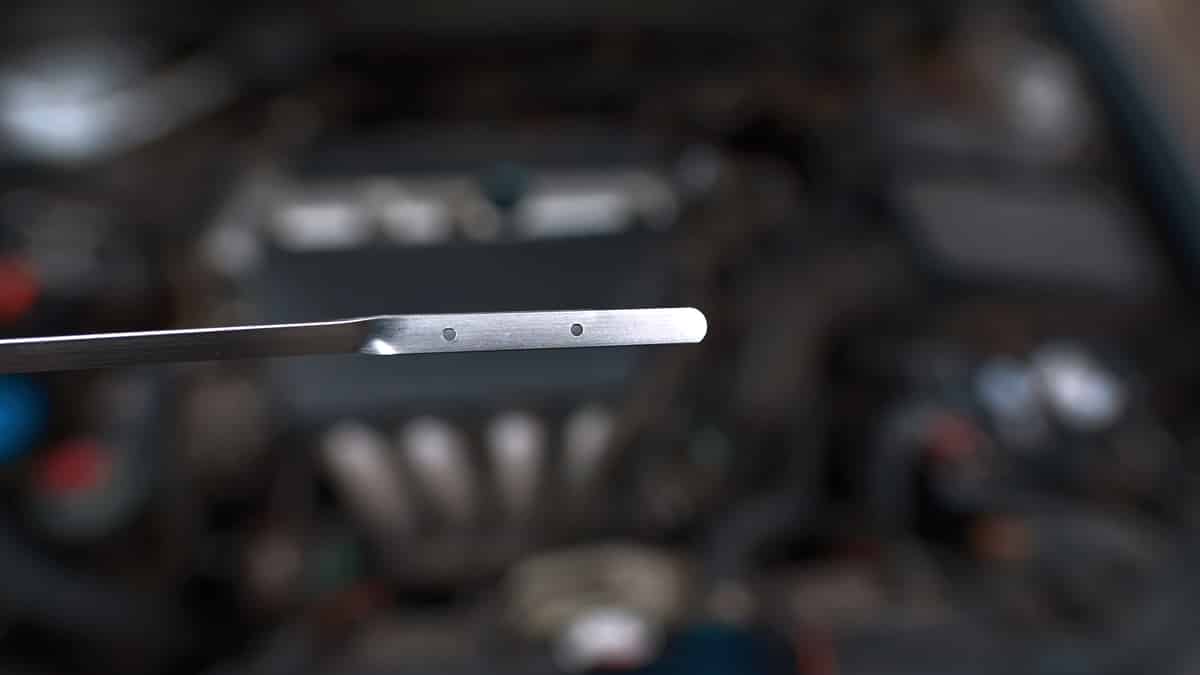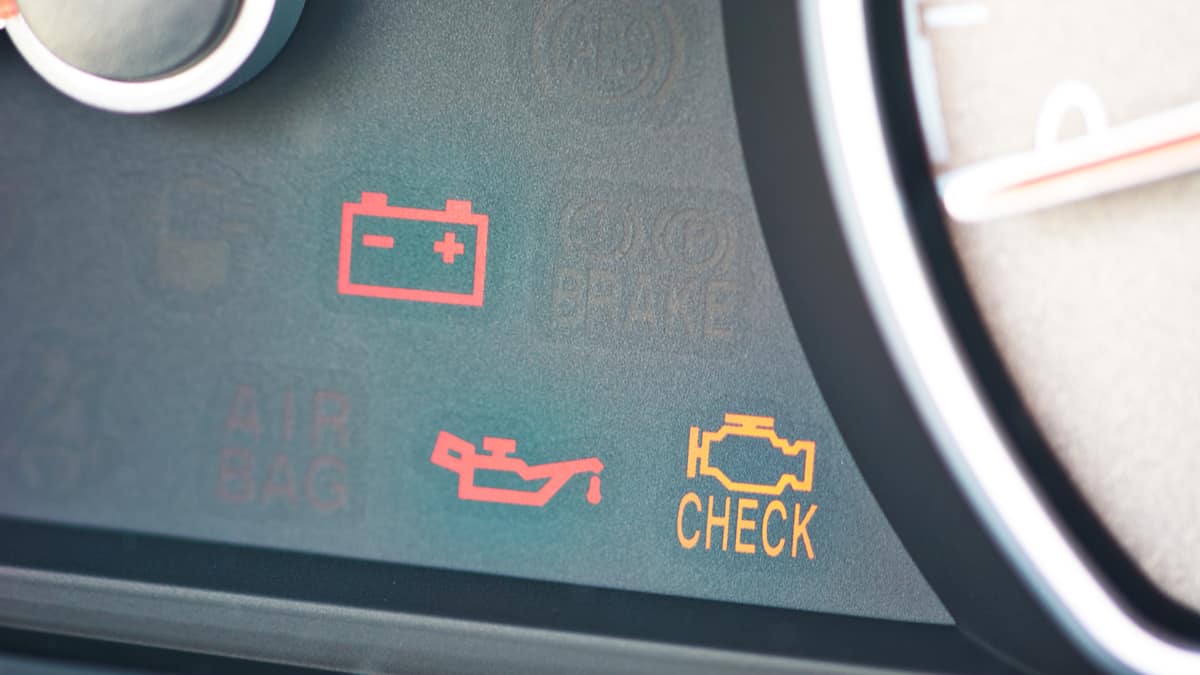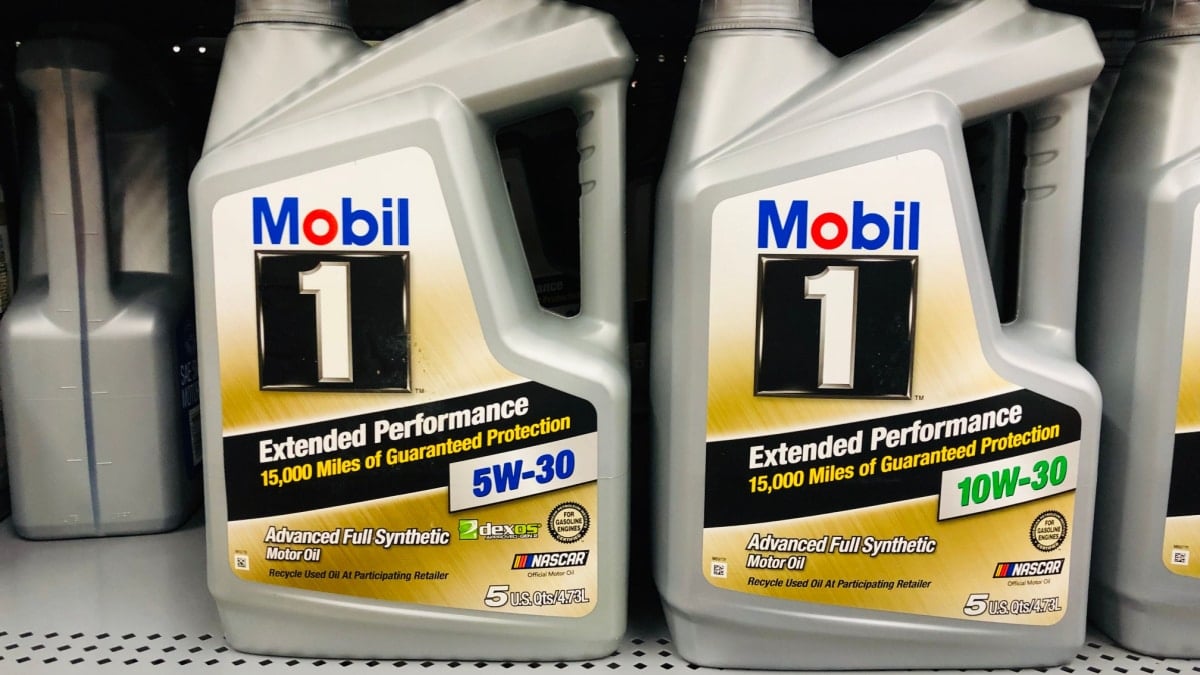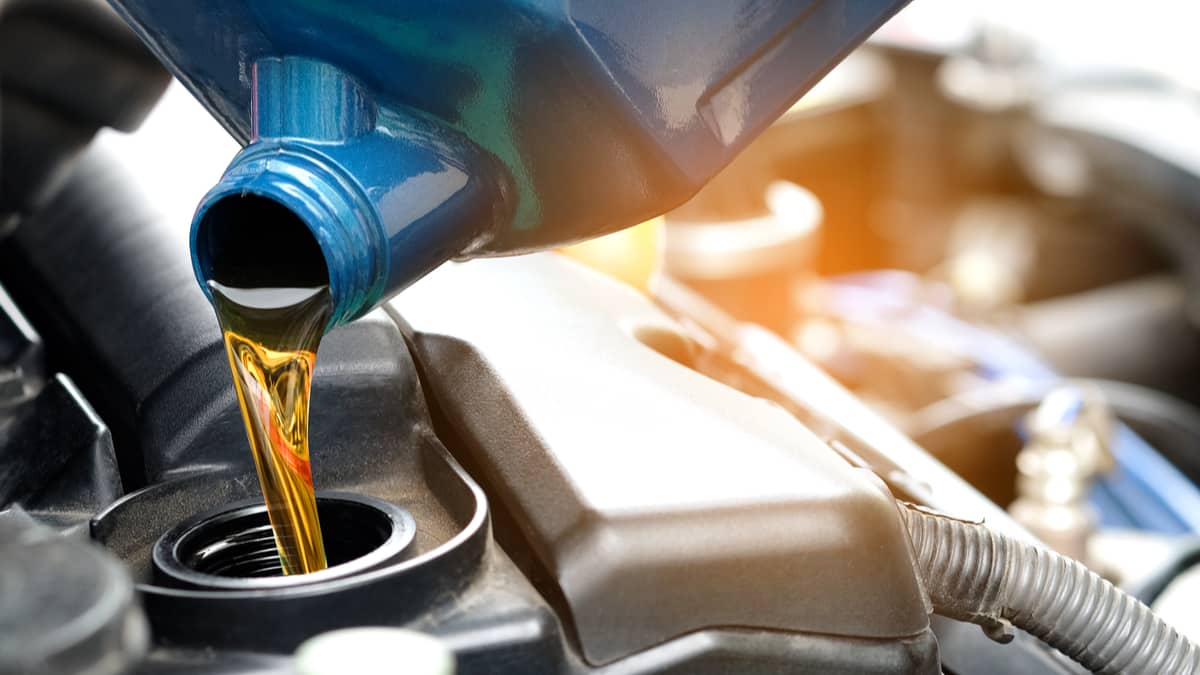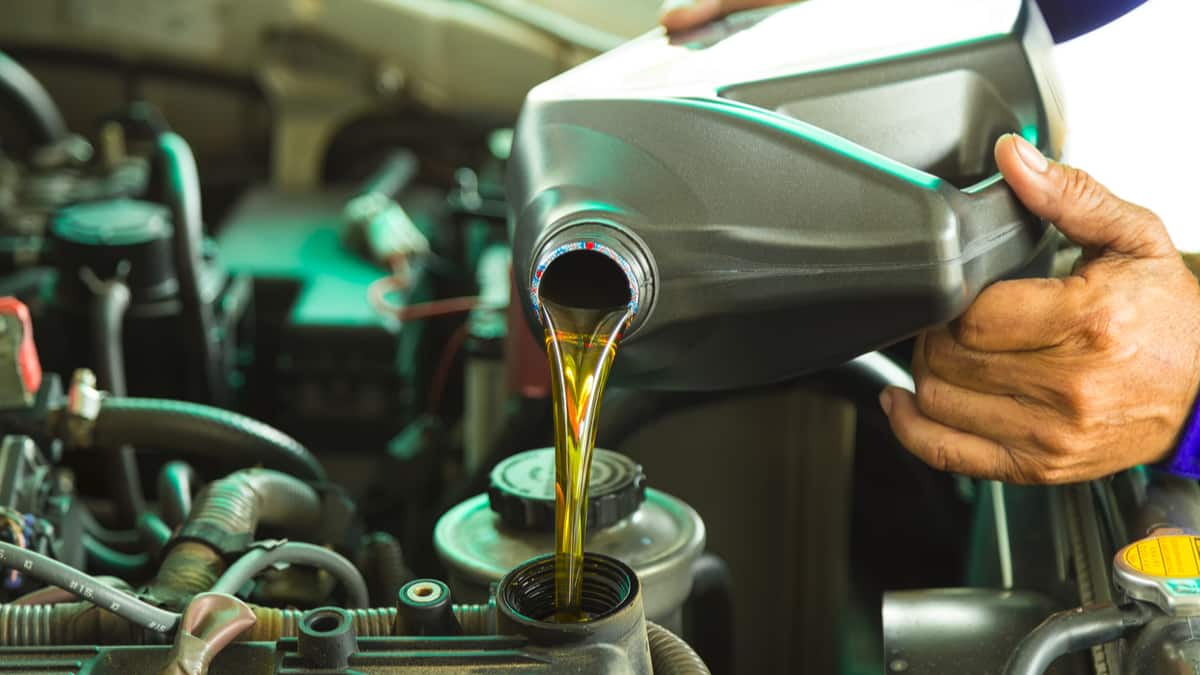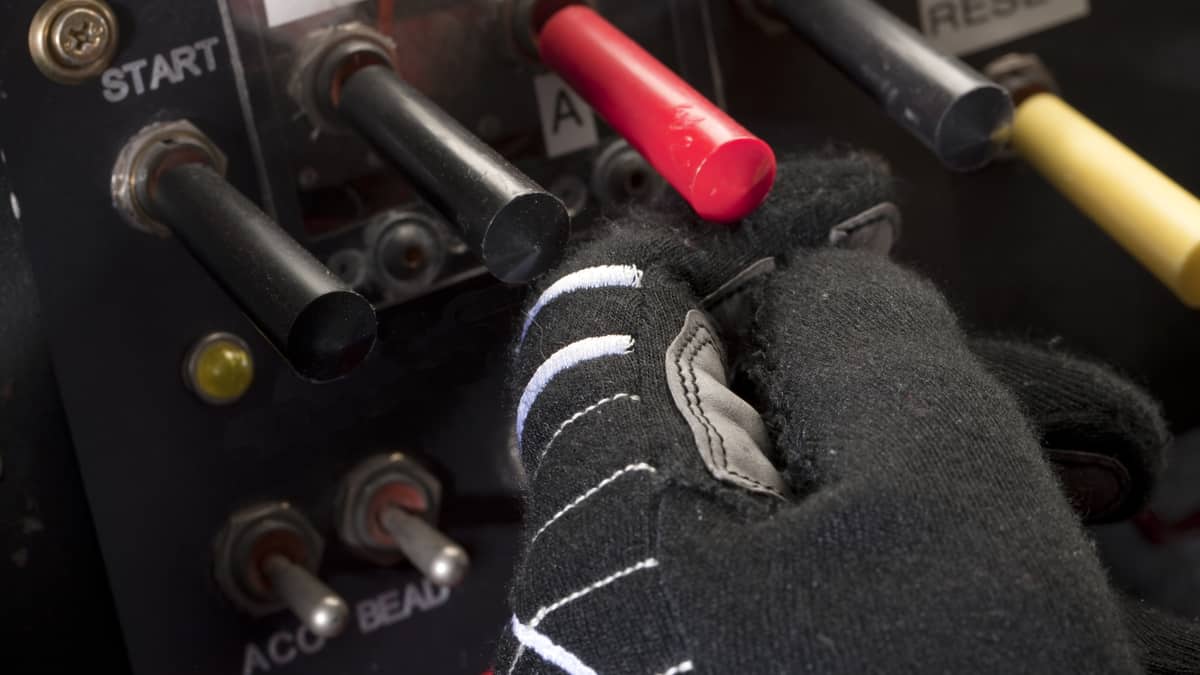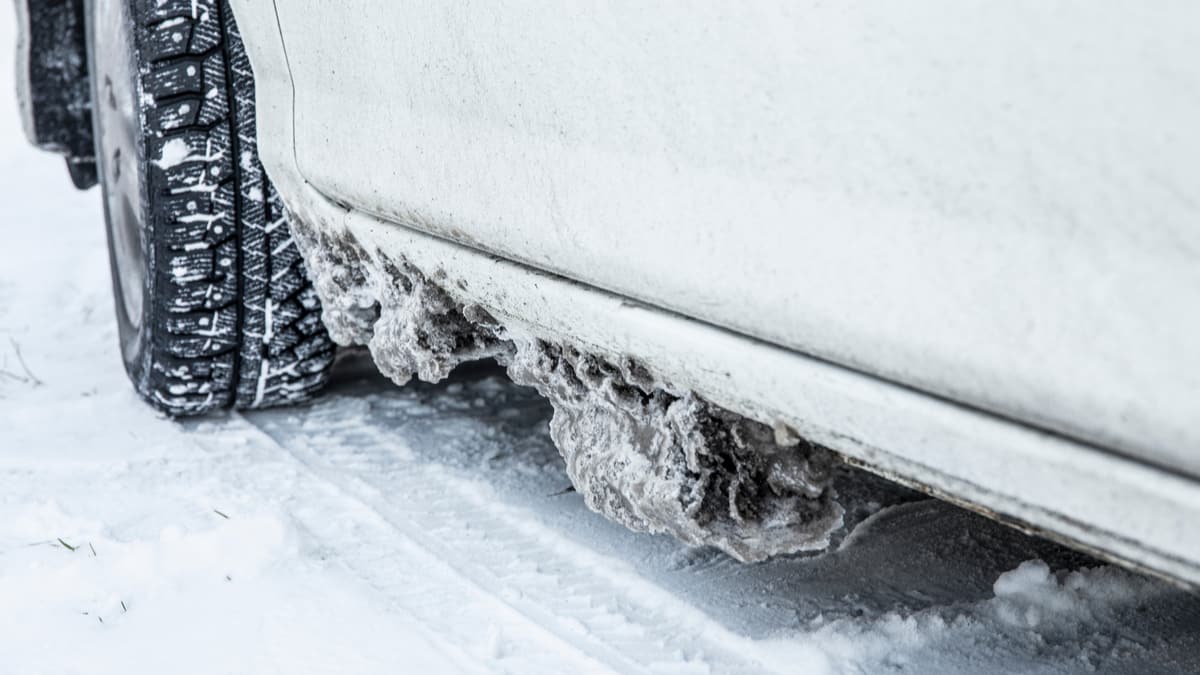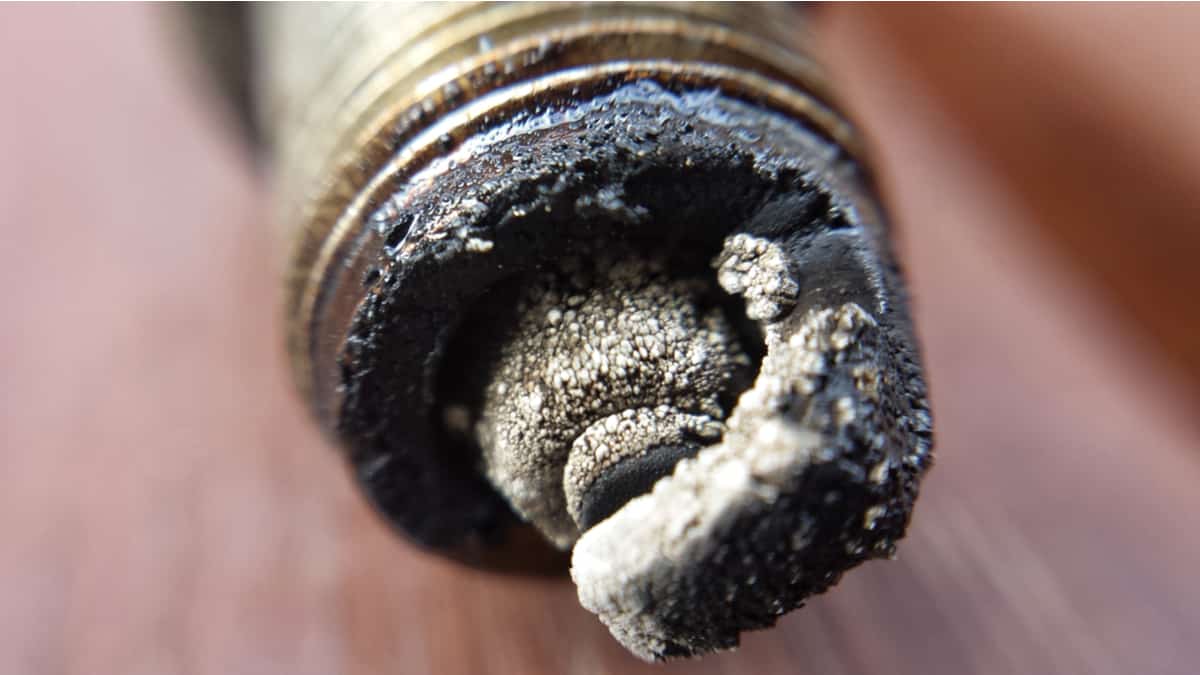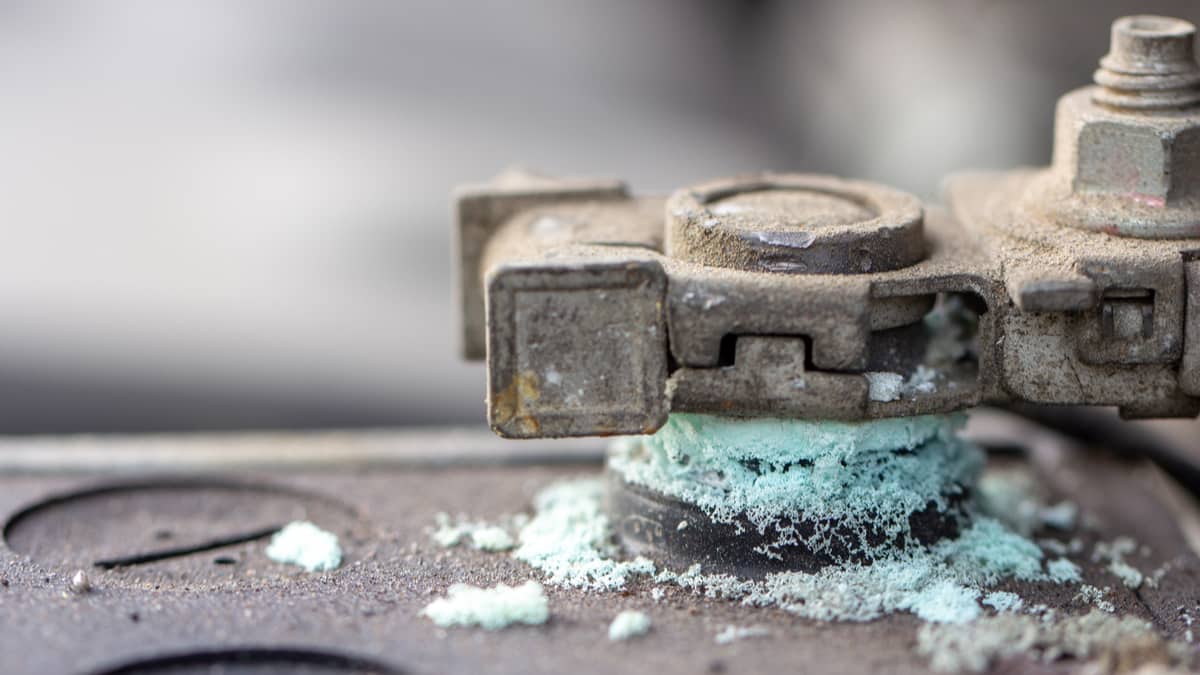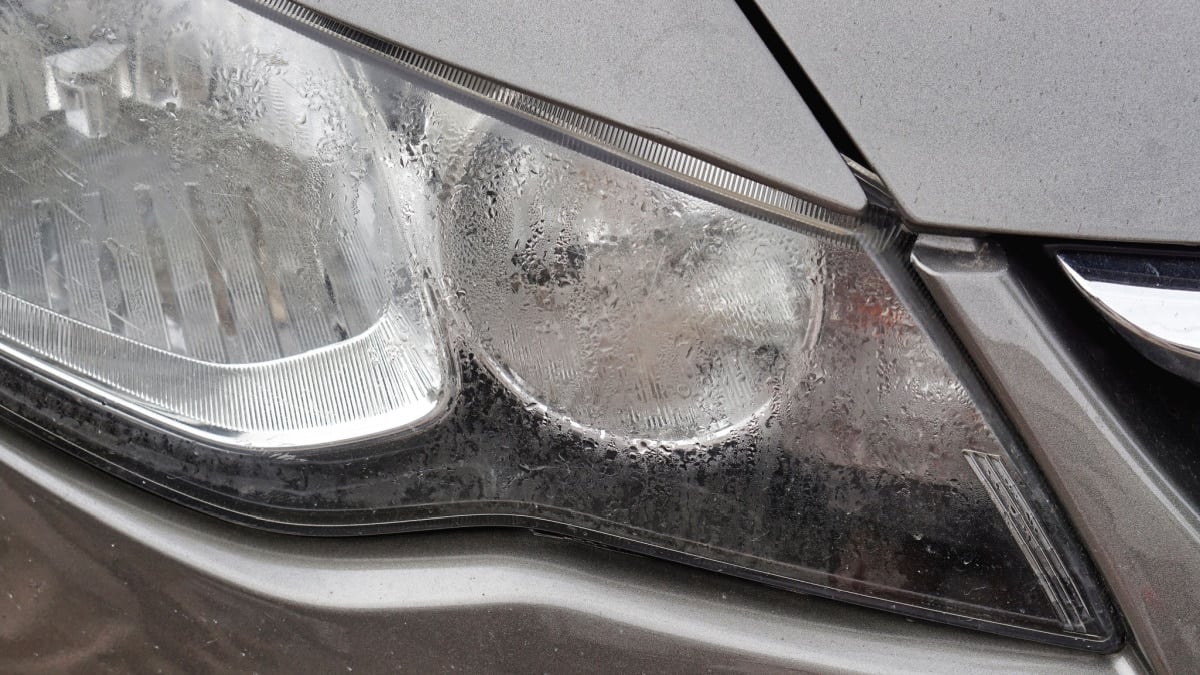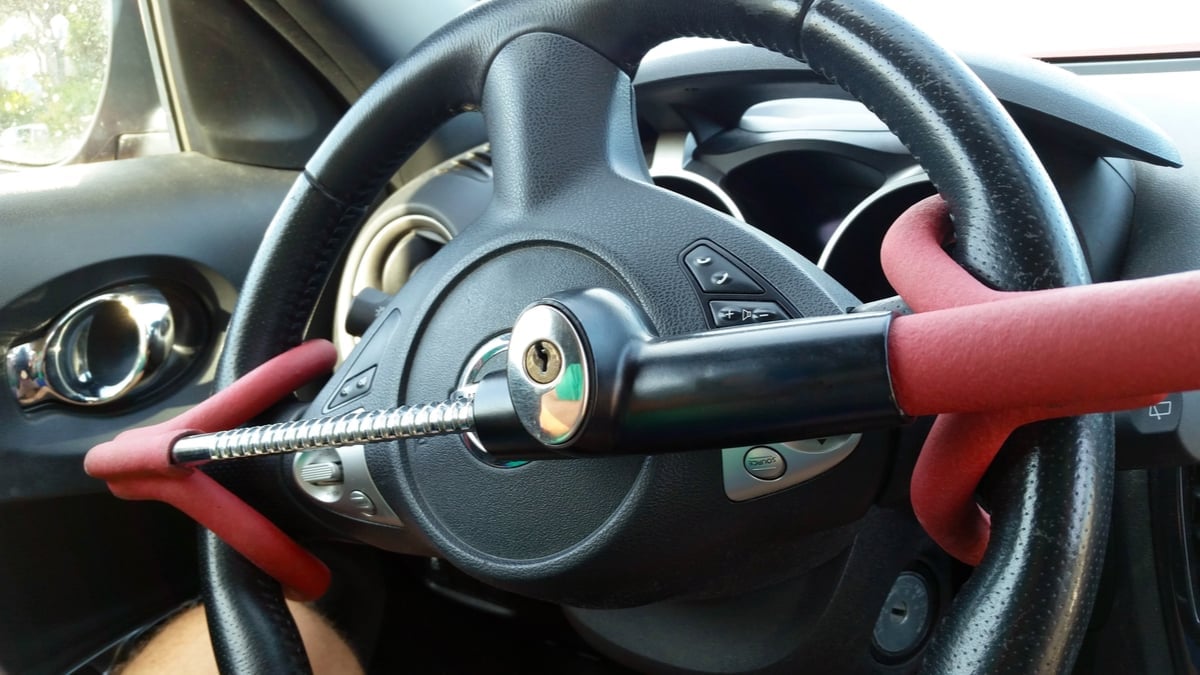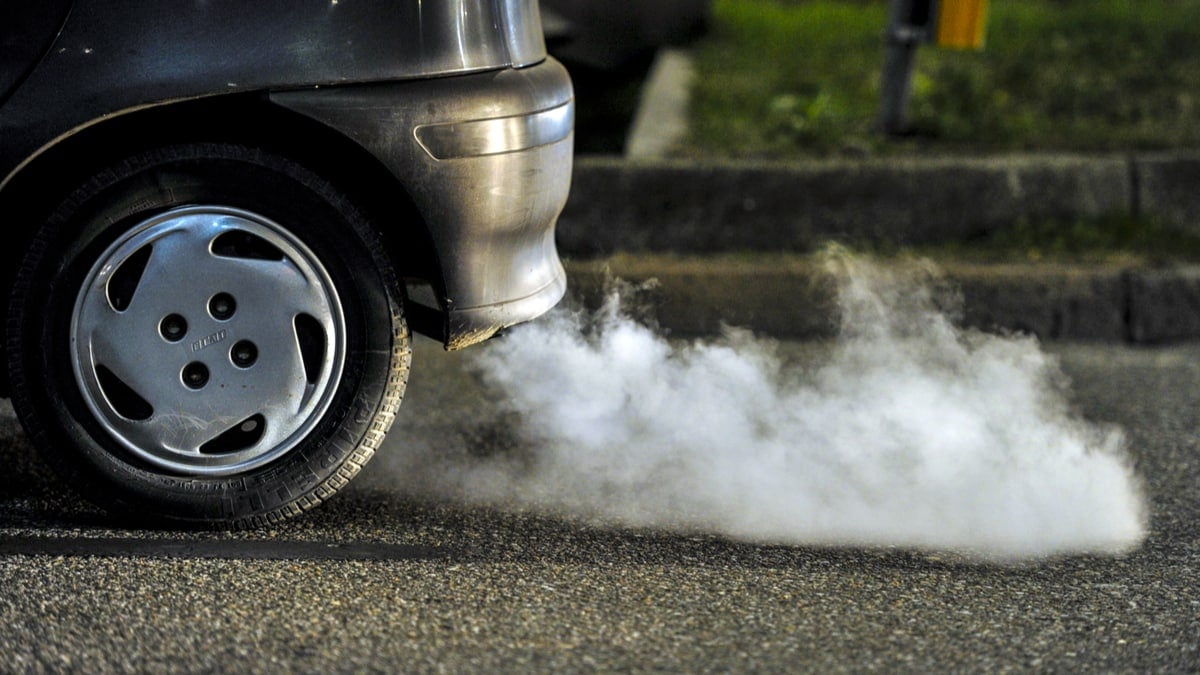Engine sludge is not something anyone wants to deal with. This tarry accumulation shows up in the crankcase and can lead to a lot of trouble. Because your car engine is meant to run with clean oil, you don’t want to deal with sludge.
i look at what engine sludge is, how to remove it, and what steps you can take to prevent it so your car motor can receive the lubrication and cooling it needs.
What is Engine Sludge?
Engine sludge is a black tarry substance that shows up in the motor. It occurs as a result of chemical reactions. It is old motor oil that degrades naturally when it is exposed to high temperatures and oxygen.
The higher the temperatures go, the quicker the degradation happens. For every 18 degrees the temperature rises, you can expect oxidation rates to double.
The by-products of these chemical reactions include organic acids combined with polymeric products. Together, these products will continue to react until they create sludge.
At first, the sludge might just be a thin film, but eventually, it starts to bake onto the surfaces to create a horrible mess.
What Are The Symptoms Of Engine Sludge?
The most common symptom of engine sludge is a low oil pressure light on your dashboard or a noisy engine. Not only is engine sludge gross, but it can also cause some disastrous effects.
As the sludge becomes thick, the oil can block passages, including the oil-pump pickup screen. This blockage leads to oil starvation. These problems happen over time, not suddenly.
In addition, if the engine has variable valve timing, engine sludge can impact the needed mechanisms. Sludge will always decrease engine performance, reduce efficiency, and lead to costly repairs.
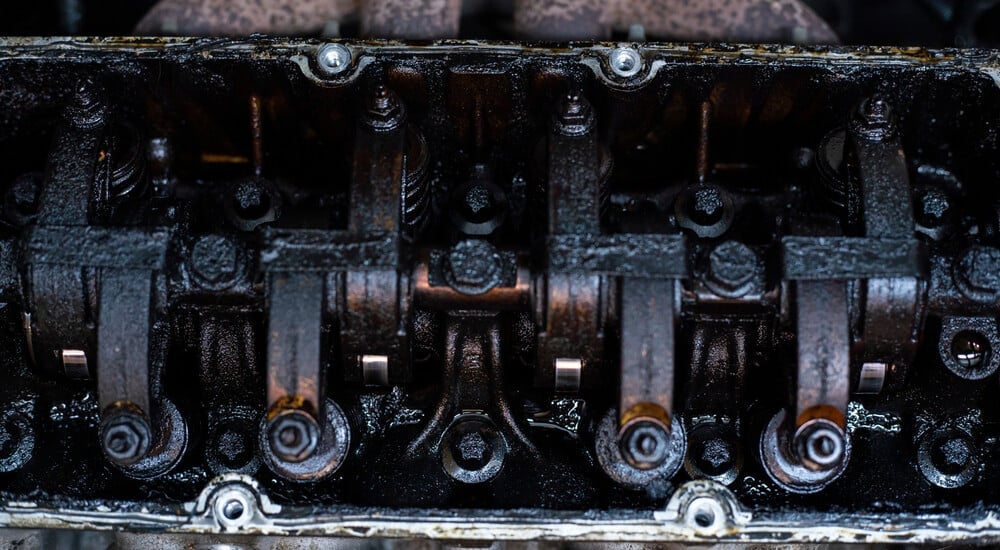
How to Remove Engine Sludge
1. Use Engine Additive
Various companies make an engine additive meant to treat sludge. Park your vehicle on a level area and remove the engine oil cap.
Pour a can of your selected treatment into the engine. Make sure you follow the instructions on the can.
Put the engine oil cap back on and run your car for 10 to 15 minutes. You don’t want to drive the car with this treatment in the engine; you just want it to warm up completely.
With this engine treatment, you can help liquefy the sludge inside the motor. It will mix better with the dirty oil so you can flush it.
2. Drain the Oil
Once the engine has been warmed, you are ready to change the oil. Remove the drain plug from the oil pan and let it run into your drain pan.
Some people swear that using an air compressor helps to remove the sludge from inside the engine. However, you want to do research before you choose this option, as it could introduce new contaminants into the engine.
3. Install Oil Filter
With an oil filter wrench, you can take the filter off. More oil will drain from the system when you do this.
With your new filter, put some clean oil on the gasket to create a solid seal. Using your hand, turn the filter clockwise to tighten it.
4. Add Fresh Motor Oil
Once you have drained the oil from the system and put your new filter on, it’s time to reinstall the drain plug. Check the grade of oil you are using to ensure it is compatible with your system. You can find this information in the service manual. If you use the wrong motor oil, it can harm the engine and encourage more sludge buildup.
Pour in new motor oil. Check the level with the dipstick and add more if needed. Just don’t overfill the system with oil. It should fall between the ADD and FULL lines.
Screw the oil filler cap back on tightly. Take your car for a test drive and see if it runs better.
RELATED: 10 Best Synthetic Motor Oils
How To Prevent Engine Sludge
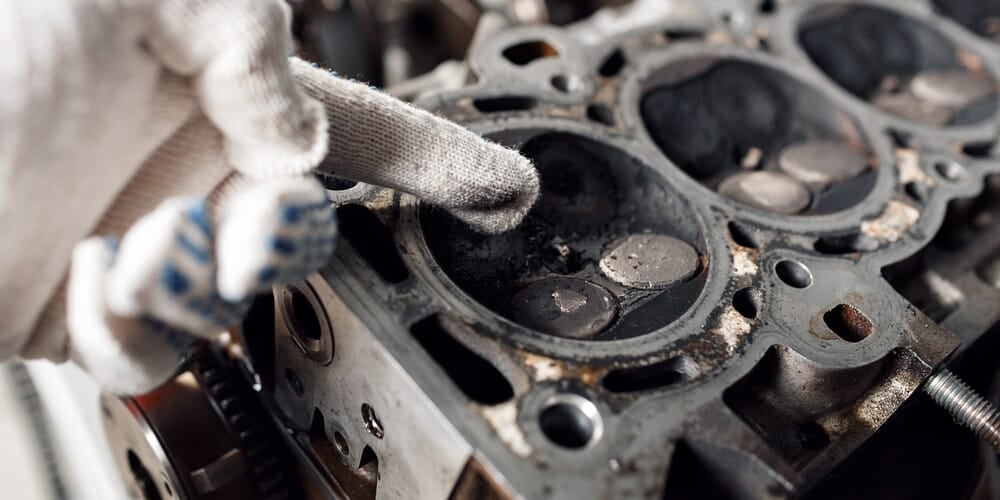
With a little due diligence, you can prevent engine sludge from occurring in the first place. Here are a few steps to prevent engine sludge:
1. Regular Oil Changes
The best way to prevent engine sludge is to keep up with the oil changes. When you remove the dirty, contaminated oil, you ensure that sludge can’t build up.
If you use conventional oil, you might need to change it every 3,000 miles. However, synthetic oils can go up to 10,000 miles without a change. Check your service manual for more guidance.
RELATED: 6 Best Motor Oils for High Mileage Engines
2. Drive with Care
The way you drive can have a profound impact on the integrity of the oil. For example, if you do a lot of stop-and-go driving, you are subjecting the engine to a lot of wear.
Additionally, if you use your pickup truck to haul and tow often, the engine is going to need more care. Consider changing the oil more frequently to avoid sludge.
3. Visit Your Mechanic
The best way to prevent engine sludge is to visit the mechanic often. If you do your own work, it’s important to keep an eye on the system and perform regular inspections. If you catch problems early, you can avoid expensive repairs later.
For example, if the engine starts knocking or is smoking, these are warning signs. You should also be aware of poor fuel economy and a decrease in performance.
Categories: Engine
